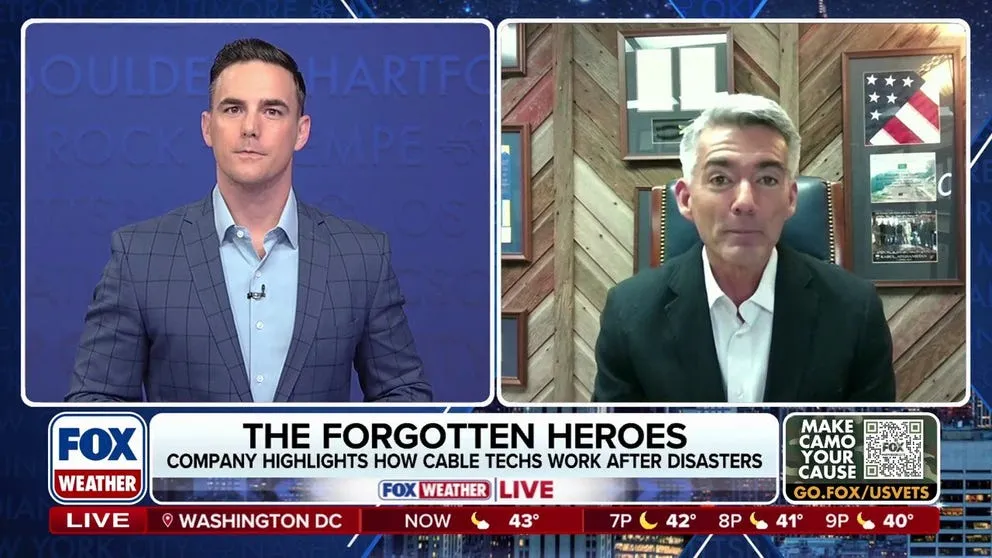Not into the gaming scene? Seems like there’s never been a better time to find out what all the hype is about. Gaming isn’t what it used to be. Thinking back to 15, 20 years ago, gamers were usually stereotyped as kids who were glued to their Sega or Nintendo boxes. Fast forward time, and the shift from console-based gaming to online gaming, largely due to developments in broadband capabilities, has opened up a myriad of opportunities in the multiplayer gaming world and led to some serious changes in the audience demographic. But what can these advancements in the market be attributed to?
Avid gamers would probably agree that it’s more than just speed, but latency has much to do with the improvements made in online gaming. Here’s a quick explanation for us non-gamers:
Latency is the measurement of how fast content can move from your connected device to the server–where a player is waiting on the other end to react to your move–and back again. Also known as the “ping” time, latency is critical because it can make the overall gaming experience either slow and frustrating or instant and gratifying. In other words, low latency gives you a winning advantage, which means everything to a gamer.
Thaddeus Frogley, a game developer in the United Kingdom who has worked on popular games series such as Grand Theft Auto for XBOX and XCom Apocalypse, explains that a consistent, low latency is always the goal to achieving a satisfactory gaming experience. “A ping time of 30ms or less feels instant to all but the most discerning gamer. At 300 ms there is a noticeable delay.” So, the closer to 0 the better. You don’t want to be counting the seconds between hitting a button and having your character react. A latency of 500 ms? Frogley says that’s pretty much unplayable.
Important to note, however, is that latency is different from bandwidth. While speed matters for latency, bandwidth is about the size of the space that latency has to travel through. Both latency and bandwidth play critical roles in how fast your Internet connection is, which ultimately determines the quality of your gaming experience. Plugthingsin.com, a website which helps Internet users find service providers for their home, explains this cause and effect role very succinctly by using a NASCAR metaphor. In the metaphor, the race track represents bandwidth. If the track only allows for one or two lanes of cars, congestion will inevitably ensue and slow all of the cars down, just like low bandwidth will cause a backup of content coming from you, the user, to the player on the other end of your Internet connection, and back to you during its round trip. The ideal combo is low latency paired with high bandwidth.
Frogley emphasizes that the biggest components affecting the gaming experience are network availability, bandwidth, latency and data limits. From his industry experience in the UK, he sees more of a difference between gamers in the city vs the country. “As gaming moves online more and more, access to these experiences can become more difficult for those living in remote areas.”
Still, the choices for gaming “on the move” are now better than ever. “Developers on mobile continue to push accessibility and make games something that everyone can do. The explosion of the smart phone has put powerful gaming in more people’s pockets than ever before and developers for those devices are competing ferociously for the attention of their owners,” he explains.
Not to mention, he adds, the tools needed to make games are now widely available, leading to a lot of experimentation in the “indie scene.” Meanwhile, console game developers continue to push limits and budgets, with virtual reality playing a huge role in creating immersive gaming experiences. However, the creation of these games can pose technical, creative and costly challenges. “It’s high risk and expensive. Fewer and fewer companies can compete effectively in that market,” says Frogley.
But players are demanding more. “More content. Deeper gameplay. More impressive graphics. Our hard core fans will burn through updates that took months to create in a matter of hours,” says Frogley.
And you bet developers are working hard to give them what they want, and Internet providers are pushing possibilities of what broadband networks can do.









